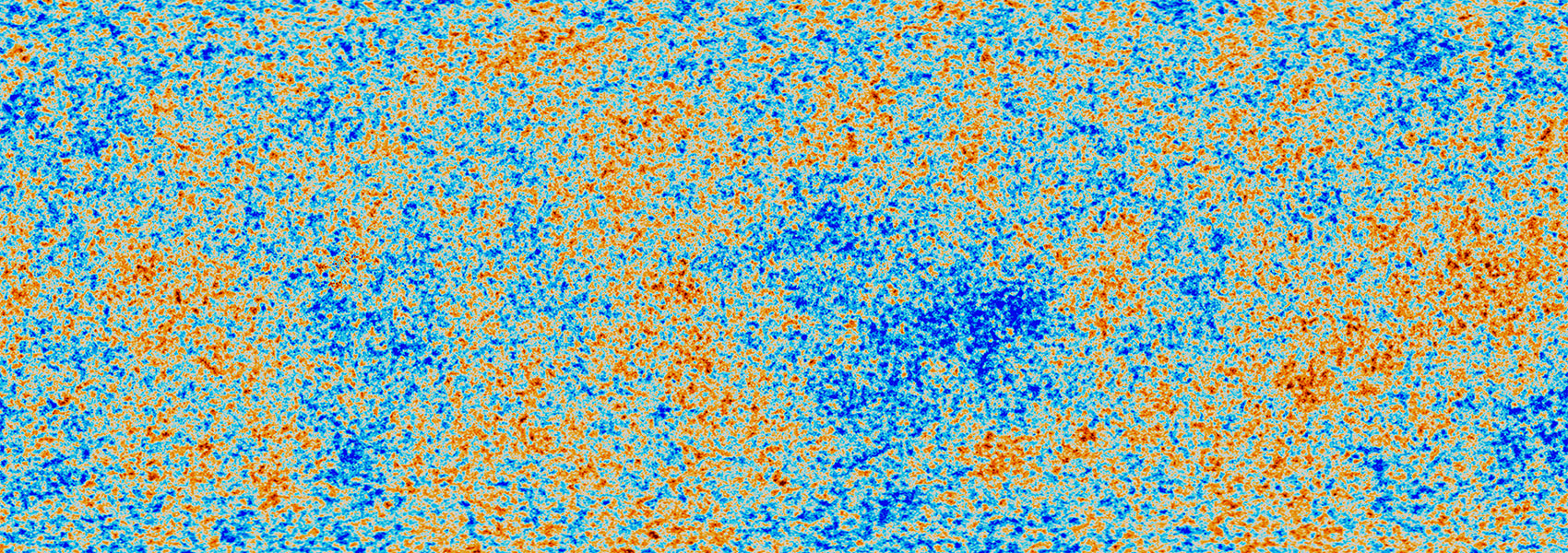May
2011
•
2011MNRAS.413.1777S
Authors
•
Seymour, N.
•
Symeonidis, M.
•
Page, M. J.
•
Amblard, A.
•
Arumugam, V.
•
Aussel, H.
•
Blain, A.
•
Bock, J.
•
Boselli, A.
•
Buat, V.
•
Castro-Rodríguez, N.
•
Cava, A.
•
Chanial, P.
•
Clements, D. L.
•
Conley, A.
•
Conversi, L.
•
Cooray, A.
•
Dowell, C. D.
•
Dwek, E.
•
Eales, S.
•
Elbaz, D.
•
Franceschini, A.
•
Glenn, J.
•
Solares, E. A. González
•
Griffin, M.
•
Hatziminaoglou, E.
•
Ibar, E.
•
Isaak, K.
•
Ivison, R. J.
•
Lagache, G.
•
Levenson, L.
•
Lu, N.
•
Madden, S.
•
Maffei, B.
•
Mainetti, G.
•
Marchetti, L.
•
Nguyen, H. T.
•
O'Halloran, B.
•
Oliver, S. J.
•
Omont, A.
•
Panuzzo, P.
•
Papageorgiou, A.
•
Pearson, C. P.
•
Pérez-Fournon, I.
•
Pohlen, M.
•
Rawlings, J. I.
•
Rizzo, D.
•
Roseboom, I. G.
•
Rowan-Robinson, M.
•
Schulz, B.
•
Scott, Douglas
•
Shupe, D. L.
•
Smith, A. J.
•
Stevens, J. A.
•
Trichas, M.
•
Tugwell, K. E.
•
Vaccari, M.
•
Valtchanov, I.
•
Vigroux, L.
•
Wang, L.
•
Wright, G.
•
Xu, C. K.
•
Zemcov, M.
Abstract
•
We examine the rest-frame far-infrared emission from powerful radio sources with 1.4-GHz luminosity densities of 25 ≤ log(L1.4/W Hz-1) ≤ 26.5 in the extragalactic Spitzer First Look Survey field. We combine Herschel/SPIRE flux densities with Spitzer/Infrared Array Camera and Multiband Imaging Photometer for Spitzer infrared data to obtain total (?m) infrared luminosities for these radio sources. We separate our sources into a moderate, 0.4 < z < 0.9, and a high, 1.2 < z < 3.0, redshift sub-sample and we use Spitzer observations of a z < 0.1 3CRR sample as a local comparison. By comparison to numbers from the Square Kilometre Array (SKA) Simulated Skies, we find that our moderate-redshift sample is complete and our high-redshift sample is 14 per cent complete. We constrain the ranges of mean star formation rates (SFRs) to be 3.4-4.2, 18-41 and 80-581 M⊙ yr-1 for the local, moderate- and high-redshift samples, respectively. Hence, we observe an increase in the mean SFR with increasing redshift which we can parametrize as ∼(1 + z)Q, where Q = 4.2 ± 0.8. However, we observe no trends of mean SFR with radio luminosity within the moderate- or high-redshift bins. We estimate that radio-loud active galactic nuclei (AGN) in the high-redshift sample contribute 0.1-0.5 per cent to the total SFR density at that epoch. Hence, if all luminous starbursts host radio-loud AGN we infer a radio-loud phase duty cycle of 0.001-0.005.
For reference, 2 per cent of the radio sources with unknown redshifts have significant detections in the SPIRE wavebands.
Links



